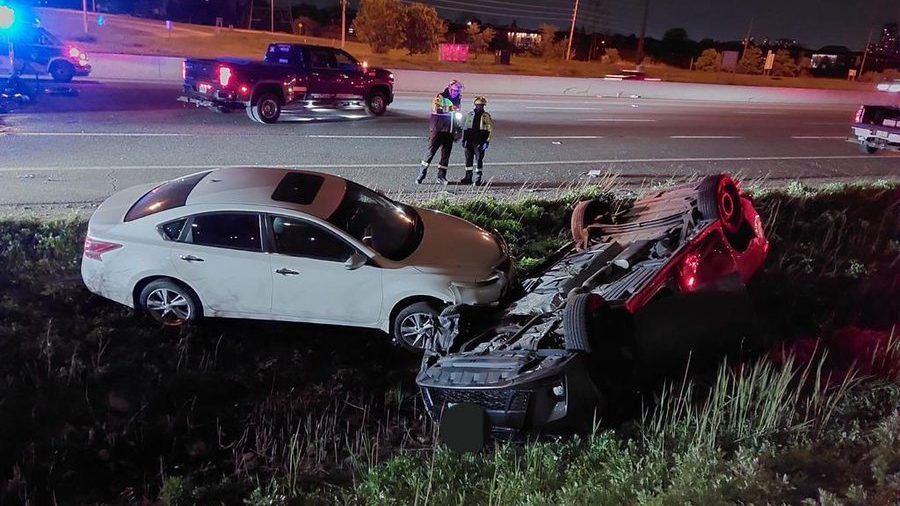Toronto police looking for tips to solve 1998 homicide of pregnant woman

Posted December 30, 2019 11:12 am.
Last Updated December 31, 2019 10:23 am.
The head of Toronto’s cold case squad is spending his last full day on the force canvassing for help solving the 1998 homicide of a young pregnant woman.
Donna Oglive was strangled in a parking lot in downtown Toronto on March 8 of that year.
Det.-Sgt. Stacy Gallant believes the 24-year-old sex worker was killed by a client sometime between midnight and 7:12 a.m.
“We have his DNA, we just need a name,” Gallant said in an interview Monday.
Investigators have run the DNA through the national data bank, but did not get a hit. Gallant hopes someone tips them off to a suspect, even anonymously.
“We’ll go out and find them and get their DNA and try to match it to them,” he said.
“We just need someone to point us in the direction with a name – the DNA says it all. If it matches, it matches. If it doesn’t, then we know it’s not that person.”
Oglive split her time between Toronto and Vancouver, where her family is from, Gallant said.
An autopsy revealed she was four months pregnant with a boy when she was strangled.
Gallant, who will retire Tuesday after 31 years on the job, said a recent plea for help from the public on a similar homicide has generated numerous tips.
Lisa Lynn Anstey, 21, was found dead in a downtown homeless community known as StreetCity on May 12, 1997.
Like Oglive, Anstey worked in the sex trade and was also a victim of strangulation.
“The publicity is hitting the community, sex trade workers in the late 1990s, and having some of them call in,” he said.
“The timing of them close together, it helps jog people’s memories and bring people back who were around that time, especially if they haven’t talked to us before.”
Despite the similarities in the two cases, Gallant said DNA evidence indicates the women were killed by two different attackers.
Gallant, who’s spent the last 15 years of his career in homicide, said in addition to the traditional approach of matching DNA evidence to known offenders, the cold case unit is now using genealogy testing to investigate several other files.
In those cases, police run DNA through various open-source genealogy websites in the hopes of finding the perpetrator “through the back door,” Gallant said.
“They take a long time to do unless something pops out right away,” he said.
“You have to have genealogists involved to trace things through those ancestry trees and find people that way. You’re going through second and third cousins.”
The genealogy technique to crack cold cases recently came to the fore after the 2018 arrest of a California man known as the Golden State Killer, who is alleged to have killed 13 people and raped dozens more, mostly in the 1970s and 1980s.
Police ran DNA evidence found at those crime scenes that partially matched the genetic profile of a relative on a genealogy site. Investigators have said that was the key to cracking that case.










